Wagner: Transcriptions for solo piano by August Stradal, Volume One
The Czech-born pianist and writer August Stradal (1860-1930) — a student of Bruckner and disciple of Liszt — was one of the more prolific transcribers of the nineteenth and earlier twentieth centuries, producing a vast quantity of piano music, including Liszt's orchestral works, most of the Bruckner symphonies, a good deal of the Baroque (not least a huge amount of Bach) and much more, most of it phenomenally difficult to play. This series of recordings presents his Wagner transcriptions, cast in the best barnstorming virtuoso tradition.
Juan Guillermo Vizcarra, piano
Listen To This Recording:
-
Die Walküre
- ‘Winterstürme wichen dem Wonnemond’ (Siegmund’s Love-Song)
- Der Ritt der Walküren (The Ride of the Valkyries)
- Schluss des letzten Aufzuges (End of the last Act)
- Siegfried: Waldweben (Forest Murmurs)
- Rheinfahrt aus dem Vorspiel (Rhine Journey)
- Trauermusik aus dem letzten Aufzug (Siegfried’s Funeral March)
- No. 1 ‘Der Engel’
- No. 2 ‘Stehe still!’
- No. 3 ‘Im Treibhaus’
- No. 4 ‘Schmerzen’
- No. 5 ‘Träume’
Götterdämmerung
Wesendonck Lieder
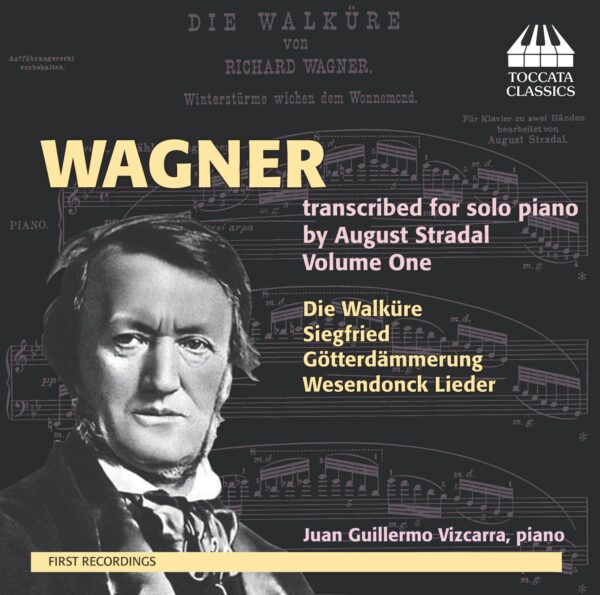
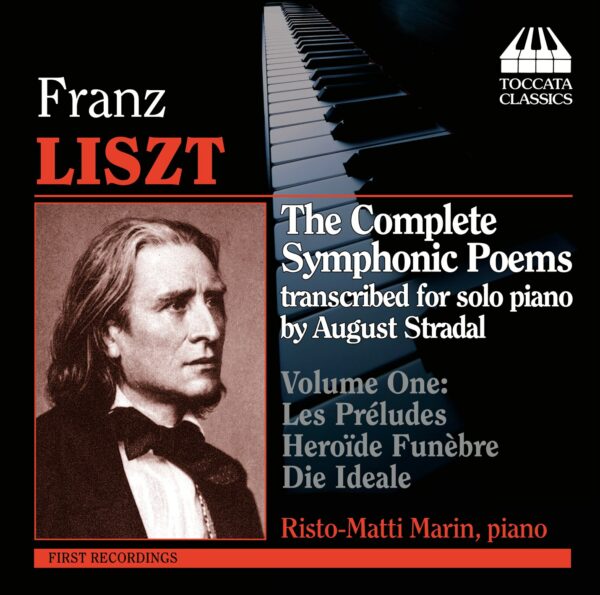
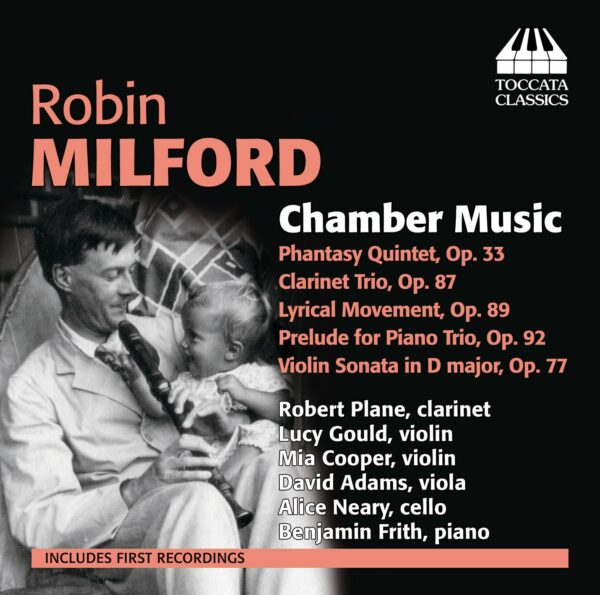
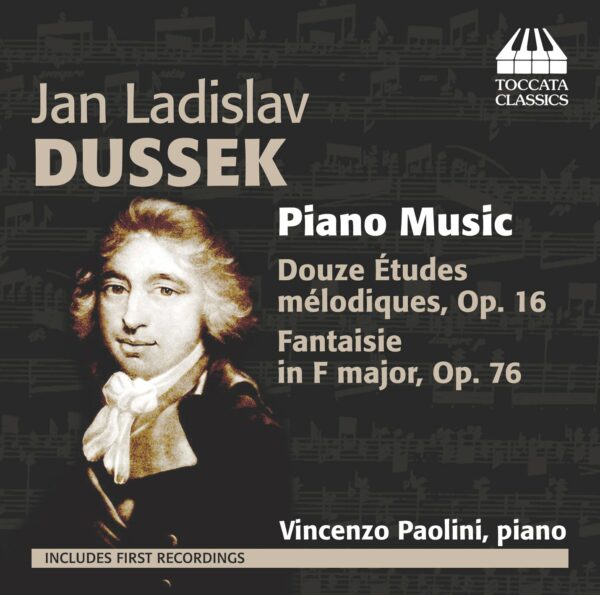
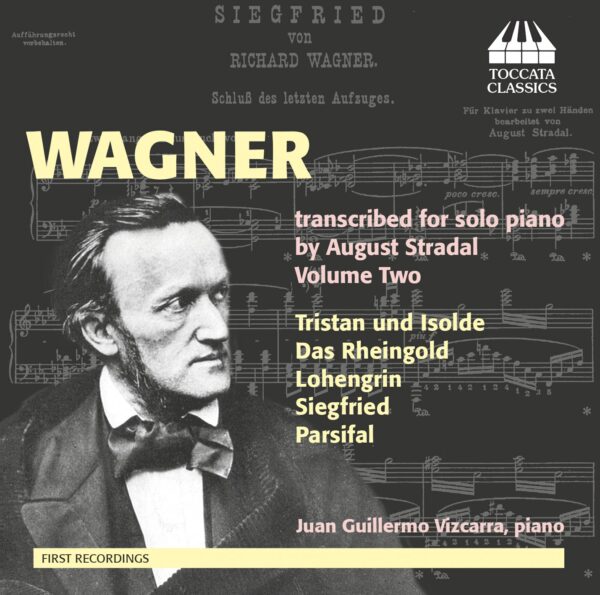
The Wagner Journal :
‘[Götterdämmerung]: …the Funeral March is the conventional concert excerpt, inventively arranged and impressively played here. …[Vizcarra] gives a sensitive and perceptive reading of the cycle as a whole.’
—Matthew Rye, The Wagner Journal
Theater Jones :
‘He [August Stradal] was great pianist and a great admirer of Liszt, and devoted as well to Wagner, or at least to his music. … This is an important pair of discs [Vol. 1 and Vol. 2] for several reasons: they show off Vizcarra’s talents, and all indications are that if the music required more of him, he’d be up to it; they also give us lots of angles on Stradal’s talents as an arranger/composer … and they give us new angles on Wagner’s music. … Vizcarra’s pianistic talent is the real star of these discs. Some of the transcriptions feature so many intertwining strands of music—one, sometimes two of these were originally vocal lines—that differentiating the strands would hardly seem possible for a performer. Vizcarra does better than that, however. By his own admission, he added some vocal lines to the texture that Stradal left out, an omission surely aimed at making the arrangement more accessible to the ordinary prize-winning virtuoso. … And it makes me anxious to see what else Vizcarra has up his very talented sleeve.’
—Andrew Anderson–Theater Jones, March 2017
MusicWeb International :
‘How well does the transcriber retain the essence of the work in question? How successfully does the transcriber satisfy the twin musical imperatives of writing a work pleasing as both a virtuoso piano piece and as ‘simple’ music? Lastly, how well is the performer able to surmount the vast technical hurdles implied by the genre whilst producing a performance of real musical value? The reason for my pleasure in this disc is that on every count I would have to say: very well indeed. […]
Pianist Juan Guillermo Vizcarra makes a staggeringly powerful case for these transcriptions and he is no mean interpreter of Wagner either. The six excerpts from the Ring are grouped sensibly together in chronological order. […] Vizcarra is especially skilled at layering the dynamics within these complex textures ensuring that the ear is guided to primary and secondary material. He is a very dynamic player […] Vizcarra goes on to prove that he is by no means ‘just’ a virtuoso. Indeed I found his pacing of the seventeen minute selection from the end of Die Walküre very impressive. Likewise the single excerpt from Siegfried – Forest Murmurs – is beautifully paced. […]
Malcolm MacDonald in his predictably fascinating and insightful liner cites the two Götterdämmerung excerpts as representing the apogee of Stradal’s art with regard to Wagner. Certainly the sheer complexity of textures that he is able to retain from the original version of Siegfried’s Rhine Journey is astonishing. Again I find Vizcarra’s pacing of the closing pages which then lead with seamless skill into Siegfried’s Funeral March wholly convincing. […] Vizcarra is a very impressive interpreter and Stradal’s transcription builds to a remarkably powerful climax replete with little sky-bursts of keyboard flurries and virtuoso gestures. […]
startlingly effective transcriptions [of the Wesendonck Lieder] in such convincing performances. […]
Toccata Classics is one of my favourite labels with the questing and quirky nature of the repertoire they offer very much a reflection on the tastes and passions their founder and executive producer Martin Anderson. This disc is another excellent example of his sure-fire sense of rare and unknown music well worth restoring and exploring. More Wagner please but a set of the Bruckner transcriptions really would be something.’
—Nick Barnard, MusicWeb International
Farhad Poupel :
Vizcarra is a sterling pianist, clearly caught on top form here, and the recording is first-class (the venue is the University of North Texas). Similarly, what is called here “Der Ritt der Walküren” (more usually “Walkürenritt,” or even simply “The Ride of the Valkyries” to you and me) is a glorious romp. […] Surely this would be a great encore.
[…]
Vizcarra’s evocation of Siegfried’s horn calls, by adding a metallic edge to his tone, is most impressive, as is his evocation of darkness for “Siegfried’s Funeral March.”His dark, hammer-blow chords are terrific, as is his sense of the lyric later on. […]
Recommended for the curious. And, given that this is Volume 1, it looks like there’s more to come…brace yourselves.’
—Colin Clarke, Fanfare Magazine, September/October 2013